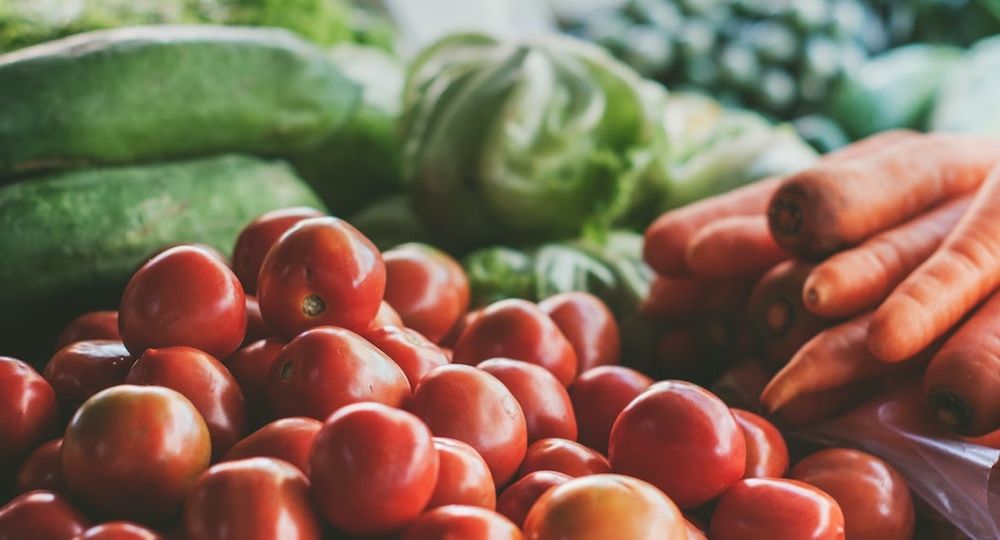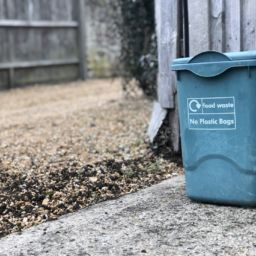
“Are you eating sustainably?” This is a question that has been resurfacing again and again for the past several years. A lot of us want to do our part in helping the environment or just eating healthier in general, but many of us don’t know quite how to go about that.
So, what exactly is sustainable eating? Sustainable eating means choosing foods that are not only healthy to our bodies, but to our environment as well. This definition seems pretty obvious but a lot of us don’t really know just how long and how much it takes for the food that we eat to get to our tables.
According to the non-profit organization Center for Urban Education about Sustainable Agriculture (CUESA), “each meal in the United States travels about 1,500 miles a day just to get to your table.” To put that into perspective, the food for a family of four that eats three meals a day would have racked up 18,000 miles for just one day’s worth of meals. That’s a lot of travel, fossil fuel usage, and pollution to our air, water, and land for a day’s worth of eating. And that doesn’t even take into account the environmental impact of land cleared for farming, chemicals used in fertilizers, water usage, and the massive amounts of food waste just in the United States alone.
All that said, it is not as hard as you think to make small environmentally-sound changes.
GROW A GARDEN!
Start growing herbs, fruits, and veggies in your own backyard (or in a few pots if you’re an apartment- or condo-dweller.) Not only will you gain a greater appreciation for what it takes to create food but you’ll also gain an understanding of what it takes to help plants flourish and thrive, the attention needed to grow food, and how risky and unstable it can be. Those bits of knowledge may impact how you buy, use, and dispose of food in the future.
SHOP YOUR COMMUNITY!
Shopping locally is a great way to support your community and make sustainable food choices. When you purchase foods that are grown locally, it cuts down on the amount of fuel needed to ship the food to your market. An example of this is farm-to-table, farmers markets, or CSAs (community-supported agriculture). These are places where consumers can buy directly from the growers.
RELATED: MAKE YOUR WARDROBE MORE SUSTAINABLE WITH TIPS FROM LOCAL PROS
STOP DRINKING BOTTLED WATER
This is pretty self-explanatory, but the process to create plastic bottles and ship them around the world uses a lot of unnecessary fossil fuel. Additionally, the waste and destruction to habitats that bottles create are immeasurable as we’ve seen in the last few years from our oceans. Instead of purchasing bottled water, use a refillable bottle and fill it with water from your tap or use a filter.
EAT SEASONALLY
Cherries don’t grow in Indiana during April, yet you can still buy them “fresh” at this time. This means your food is likely coming from far, far away. When possible, focus on foods that are available and in season where you live and you’ll be supporting sustainability. Seasonal eating can expand your horizons and help you try new foods. It tastes better because it’s fresh and local, and it’s healthier for you. You will save money from buying locally, and your food is more likely to be clean and toxin-free.
SUPPORT SUSTAINABLE EATING WITH YOUR WALLET AND YOUR FORK
Last, but not least, there’s no better way to affect the direction of our food system and what grocers, restaurateurs, and food companies produce and sell than to influence their company
Torie Floyd is an Indy Maven contributor.
All of our content—including this article—is completely free. However, we’d love if you would please consider supporting our journalism with an Indy Maven membership.














